Flags of freedom flutter
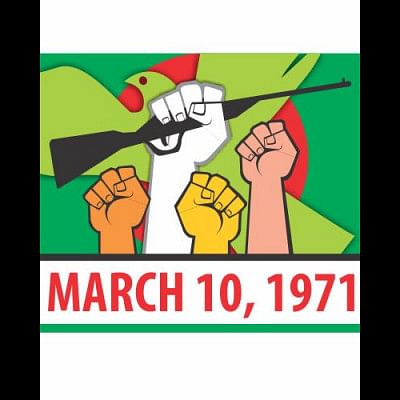
A blood-soaked sun dotted almost every rooftop. The flag inlaid with the map of Bangladesh could not be missed.
It was even seen at Rajarbagh Police Lines, different police stations, the High Court and residences of the justice.
When Bangabandhu's call came, people from all walks of life responded. The situation was changing; the air was tense, electrifying almost.
For the 10th consecutive day, all government and semi-government organisations and institutions remained shut.
In different areas, clashes between the Pakistani army and the Bangalees broke out.
Crowds of people used open defiance to demonstrate their hostility towards the soldiers and waves of Bangalees brought difficulty to troop mobility.
Sheikh Mujib's March 7 demands were coming to fruition. His people were with him, immovable and unwavering in their commitment.
Patriotic Bangalee songs were played on Dhaka Betar and programmes in favour of a liberated Bangladesh filled the schedule of Pakistan Television's Dhaka centre.
Bangabandhu, in a statement made in Dhaka, said that his order to keep offices, banks and other institutions close was being followed.
He reminded all that West Pakistan's attitude towards Bangalees was a ploy to keep the country under military rule.
NAP chief Wali Khan told journalists that he would be travelling to Bangladesh from Karachi on March 13 to hold a meeting with Sheikh Mujibur Rahman.
A message was sent to Bangabandhu by ZA Bhutto saying the future of the country was uncertain.
In Karachi, Air Marshall Asghar Khan expressed concern about the changing situation of the country. He had said many steps needed to be taken to protect the country from being separated.
He added that, in Dhaka, Sheikh Mujibur Rahman had become the “acting government”.
While most rooftops donned the Bangladeshi flag, the flag of Pakistan was flying only on cantonment premises.
It was clear that no issue could be solved until the party that won the most votes came to power.
Source: Liberation War Museum

 For all latest news, follow The Daily Star's Google News channel.
For all latest news, follow The Daily Star's Google News channel. 

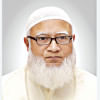

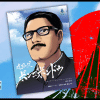
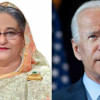
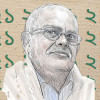

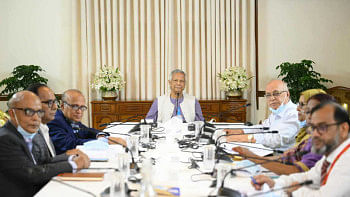
Comments